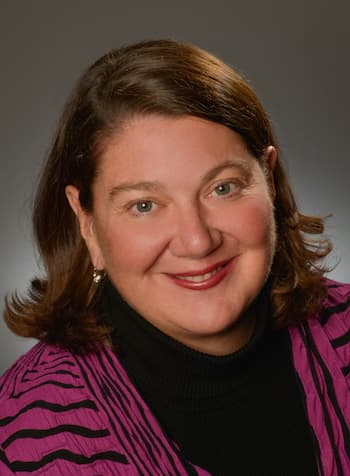Convenience and Amenities Draw Multifamily Tenants
While the multifamily segment remains strong, the increase in available units—up 17% compared to the same period in 2022, according to NAR—has resulted in reduced rent growth. To offset the impact on bottom lines, Mervat Berry, CCIM, an adviser with MDL Group in Las Vegas, suggests that brokers focus on mixed-use properties with access to service retail.
“People want convenience and value the walkability of the location,” says Berry, who views flat rent growth as a temporary correction to the recent spike in rental rates. Driven by the shift to remote or hybrid work, people want amenities that provide quiet, open spaces to work and social spaces to connect as a community. “Gaming rooms, pickleball courts, fitness centers and event rooms are all hot right now,” Berry says.
Most new multifamily developments cater to younger demographics—those in their 20s to 40s—who lead an active lifestyle. Berry points to UnCommons, a Las Vegas mixed-use community that uses the marketing tagline “Where work and life meet.” According to Berry, nongaming residential and retail off the Las Vegas Strip are especially hot. Knowing what the consumer wants is key.
“It’s a common misperception that a buyer needs deep pockets to invest in multifamily,” Berry says. Syndicate investors—small private investors pooling their funds—are trending in the Las Vegas market. Berry advises brokers not to fear high cap rates: “Negative leverage isn’t always bad. What’s important is to consider value-added opportunities, such as an influx of population. Housing will always be a necessity, and you can refinance a property when rates drop.”
Berry admits breaking into the multifamily institutional investor market can be challenging because many multifamily brokers have long, established relationships with institutional buyers. She credits her success to perseverance in cold calling, mailer marketing campaigns, and working industry conferences to get her name known among noninstitutional buyers in the market. “Join a team,” Berry recommends. “Even if you only get a small percentage, it will help you work your way up. If I was starting over, that’s what I would do.”
















